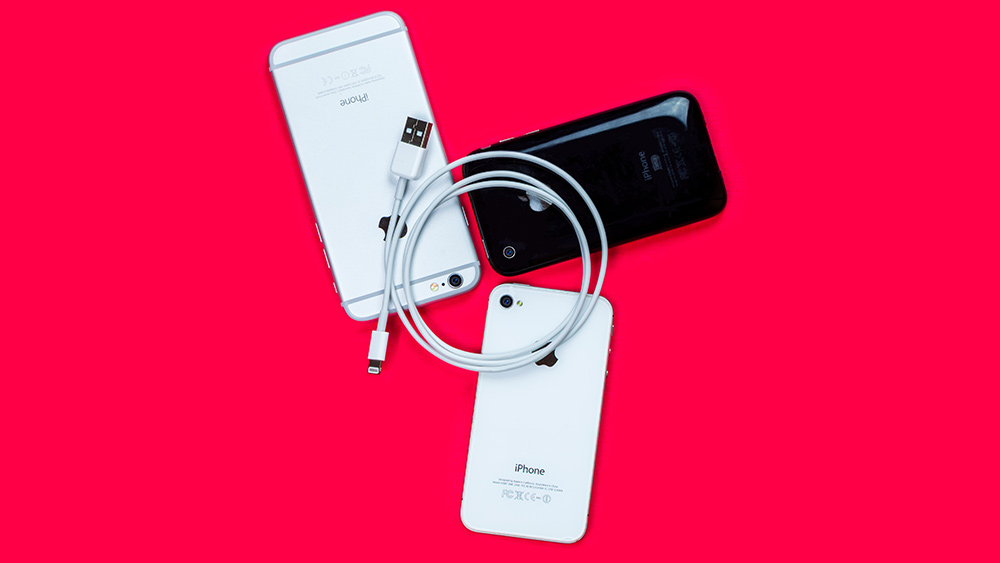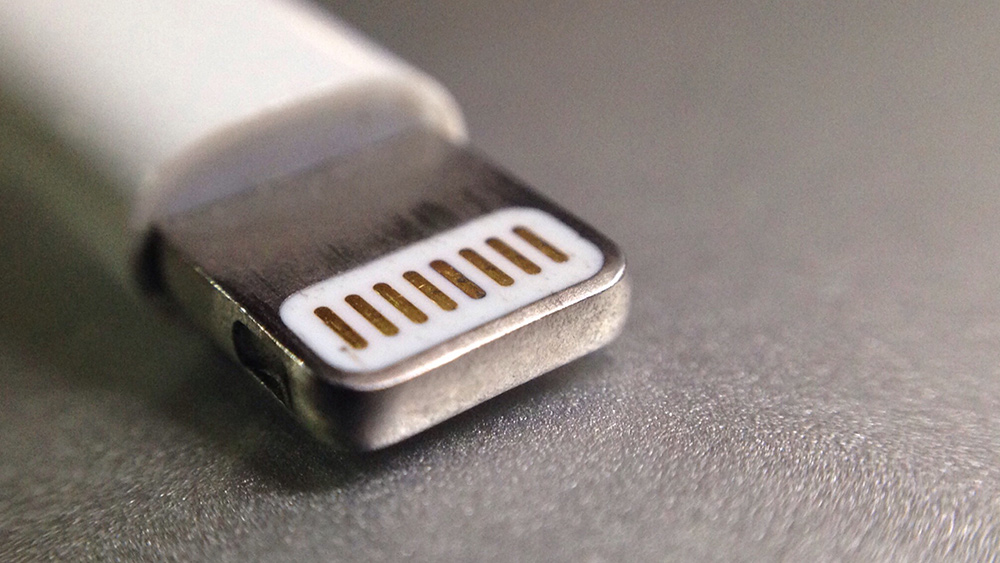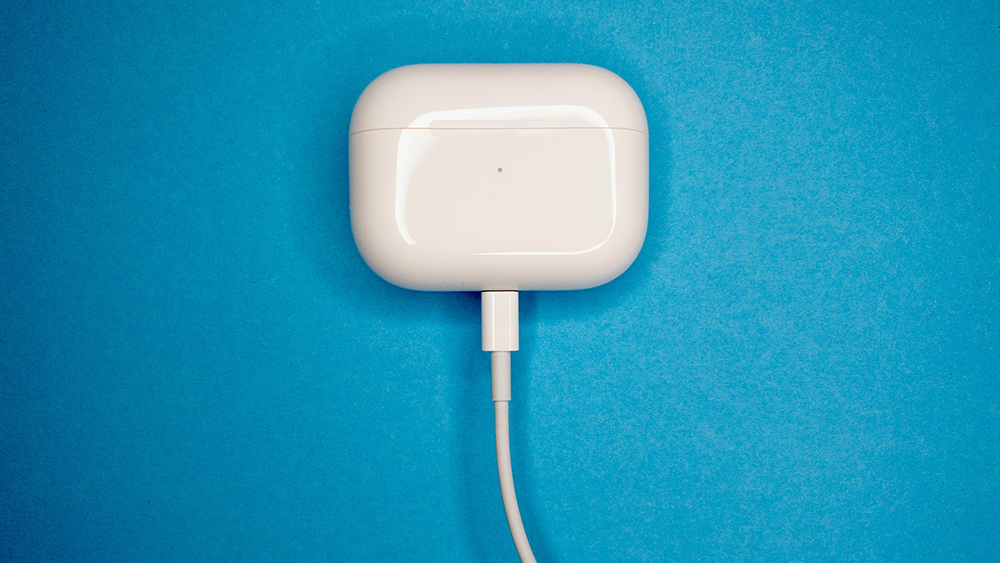RIP Apple Lightning charger (we won't miss you)

It's official – Apple's Lightning Charger has its days numbered (at least in Europe). And while it's a bittersweet moment that might bring a tear to the eyes of diehard Apple fans, we're not entirely surprised that the proprietary charger has finally met its end after a decade in use. What's perhaps strange is that Apple didn't drop the Lightning cable before being forced to.
The European Union has voted to pass a law that will require all small electronic devices sold in the bloc to use USB-C as a standard form of charging cable by 2024. The regulation will be extended to laptops from 2026. It's a defeat for Apple that means the tech giant will finally have to start putting USB-C on the iPhone, at least for the European market (so if you're a fan of the Lightning Charger, the iPhone 14 might just be the last phone that offers it).

As we originally reported back in June, the European Union drafted a law to make USB-C the obligatory charging standard for all phones and other small tech products. That reasoning was that different proprietary charges prevent interchangeability and thus create more waste since consumers often throw out old chargers. The proposals have now been made official through a full vote of the European Parliament.
What does that mean for Apple? Quite a lot. In fact, Apple is the main company that will be affected, since most other major tech manufacturers already using USB-C. Currently, Apple still uses its own Lightning chargers on the 10.2in entry-level iPad, AirPods charging cases, accessories like the MagSafe Battery Pack, Magic Keyboard and Magic Mouse and most significantly the iPhone.
It's resisted pressure to switch to USB-C so far, and had managed to get away with that in Europe as long as it offered a USB-C adapter. It tried to argue that banning Lightning cables would create more waste since so many of them have already shipped over the past ten years, but the EU clearly thinks its calculations will work out in the longer term, predicting that the USB-C rule will save consumers up to €250 million.

To be honest, we think it's about time. Many iPhone users have been urging Apple to make the switch for a couple of years. Apple adopted USB-C for Macs way back in 2015, and it switched to USB-C for the iPad Pro in 2018.
USB-C means a slightly larger port and its reliance on friction means USB-C chargers can wear out more quickly. Apple's Lightning cable snaps neatly in thanks to the grooves in its tip. But, a decade on, Lightning cables are now slow, offering USB 2.0 speeds in an era that's seen file sizes grow massively. On top of that, it's simply a pain to require separate cables, especially when your battery's dying and you're surrounded by Android users.
Daily design news, reviews, how-tos and more, as picked by the editors.
What is a Lightning charger?
The Lightning cable is a proprietary charging system that was introduced by Apple on the iPhone 5 a whole decade ago back in 2012. It's since featured on a range of Apple devices including iPads, the late iPod and many of its accessories. At the time it offered easier use and better durability than the 30-pin connector that came before it, but today almost all Android phones are using USB-C, which is just as easy to use and offers better speed.
When will Apple change to USB-C?
The new EU rule that requires all phones to come with USB-C is expected to come into force by the end of 2024. That would mean that Apple doesn't need to include USB-C on the iPhone until the release of the iPhone 16, which we'd expect in September 2024 if Apple sticks to its usual timetable.
However, Apple might make the change earlier, especially now the legislation has been approved. Just this week we heard speculation the rumoured iPhone 15 Ultra would have a USB-C port. For now, Apple would only have to change its devices in Europe, but if it's already considering a move to USB-C we suspect it will go ahead and make the change for all of its products rather than have to change devices for one region.
Now might be the time to switch to a wireless charger if you have an iPhone. Take a look at our roundup of the best iPhone chargers. And if you have a new iPhone 14, make sure you see our pick of the best iPhone 14 cases.
Read more:
- Old Apple charger storage feature has blown our minds
- The Apple Logo: a history
- Apple Amazon sale: what to expect in the Prime Early Access sale

Joe is a regular freelance journalist and editor at Creative Bloq. He writes news, features and buying guides and keeps track of the best equipment and software for creatives, from video editing programs to monitors and accessories. A veteran news writer and photographer, he now works as a project manager at the London and Buenos Aires-based design, production and branding agency Hermana Creatives. There he manages a team of designers, photographers and video editors who specialise in producing visual content and design assets for the hospitality sector. He also dances Argentine tango.
